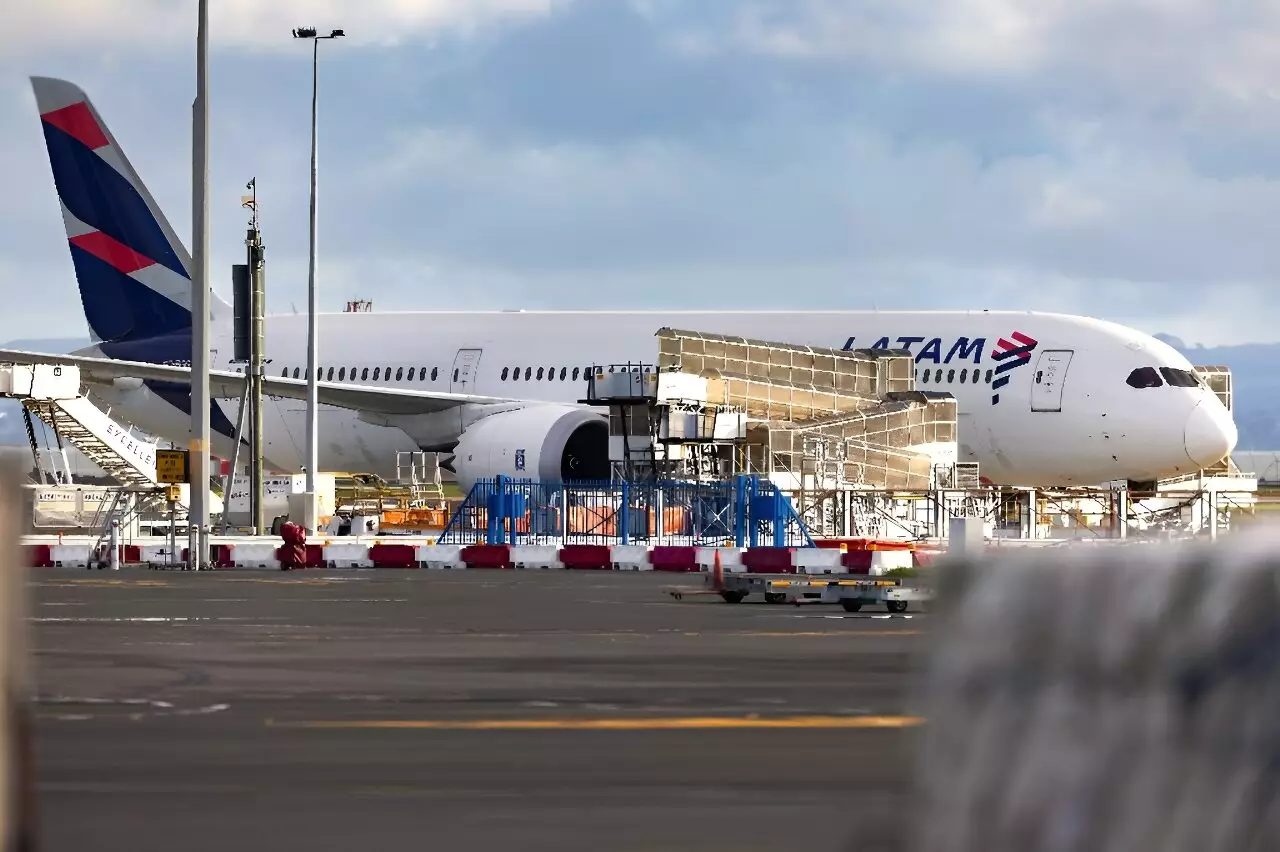Boeing recently issued a warning to airlines operating its 787 Dreamliner model after a LATAM plane experienced a terrifying mid-flight incident while en route to New Zealand. The incident resulted in injuries to dozens of passengers, prompting Boeing to urge airlines to inspect specific switches in the cockpit.
In a statement, Boeing emphasized the ongoing investigation into the incident and highlighted the importance of safety measures for 787 operators. The company referred to a service bulletin issued in 2017, which detailed instructions for inspecting and maintaining switches on flight deck seats. Boeing recommended that operators conduct inspections at the next maintenance opportunity to prevent similar incidents in the future.
While LATAM initially attributed the incident to a “technical event,” sources later suggested that a crew member’s inadvertent activation of a switch on the pilot’s seat may have caused the plane to nosedive. This error resulted in passenger injuries and raised concerns about the safety protocols onboard the aircraft.
The Federal Aviation Administration (FAA) announced that it would assemble a Corrective Action Review Board (CARB) to investigate the matter and provide feedback to Boeing. The board will review the 2017 service bulletin related to the switches in the pilot seats to identify potential safety improvements and preventive measures.
Boeing has faced a series of safety issues in recent years, including the fatal crashes of 737 MAX planes and other incidents that have raised questions about the company’s commitment to safety and quality control. The FAA has given Boeing a 90-day deadline to address these concerns and implement significant improvements to ensure the safety of its aircraft.
The recent warning from Boeing highlights the importance of prioritizing safety in aviation. The incident involving the LATAM plane serves as a reminder of the potential risks associated with overlooking maintenance and inspection protocols. It is crucial for aircraft manufacturers and operators to collaborate closely with regulatory authorities to identify and address safety concerns promptly. Boeing’s efforts to enhance safety measures and improve quality control processes will be essential in restoring confidence in the company and ensuring the safety of passengers and crew members onboard their aircraft.


Leave a Reply